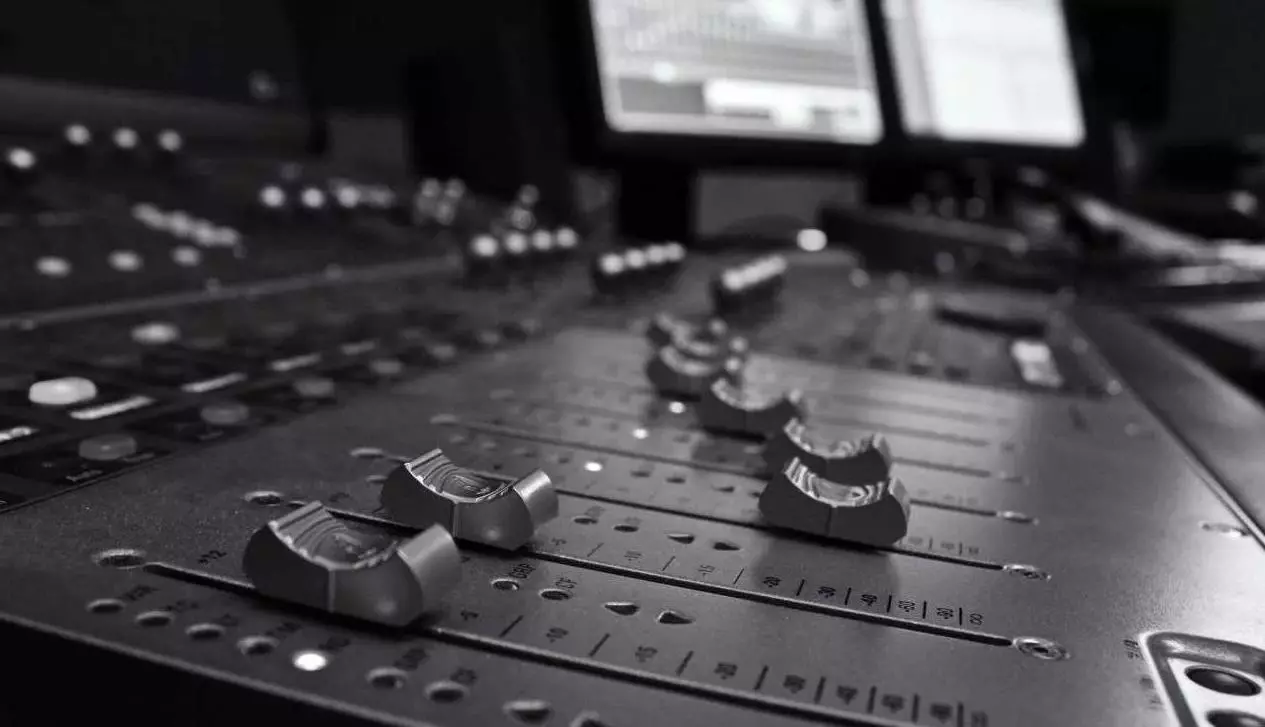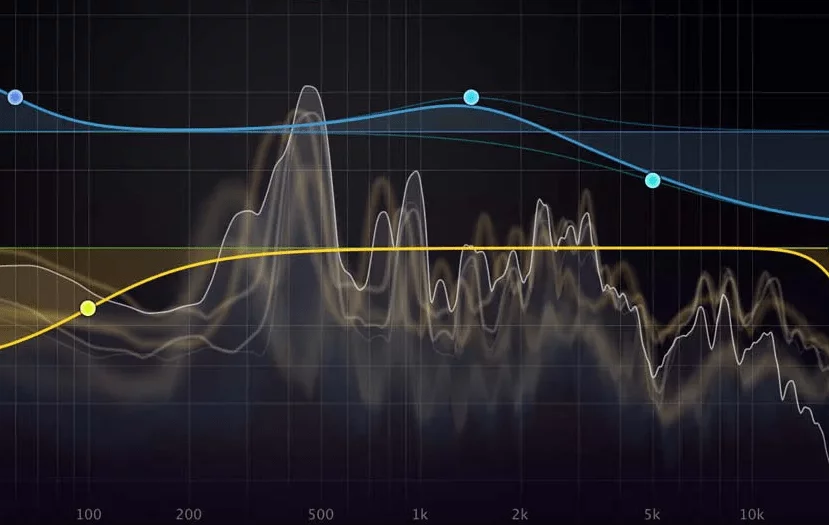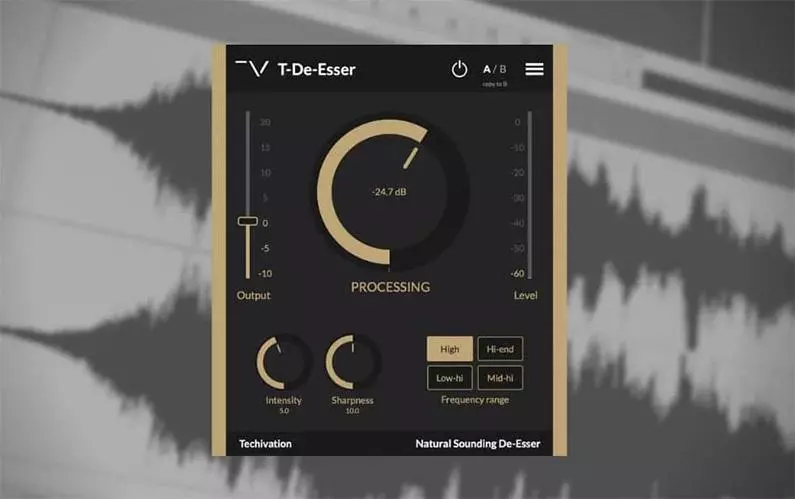Diminished chord

A diminished chord is a harmonic structure consisting of notes spaced a minor third apart. It can serve a variety of functions in music:
- Secondary dominant – used to create additional tension and prepare for resolution;
- Passing chord – helps create chromatic movement in voicing by smoothly linking chords;
- Leading chord – placed a semitone above the target chord, heightening anticipation of resolution.
Emphasizing superstructures – the chord can accentuate certain harmonic elements leading to the IMaj7 and V7 chords.
The Role of the Diminished Chord as a Secondary Dominant
The diminished chord is often used as a secondary dominant, targeting chords on the II, III, and VI degrees of the key. To achieve this, the dim chord is built a semitone lower than the root note of the target chord, emphasizing it and creating additional shades of tension before the resolution.
V7/II = #I°7
V7/III = #II°7
V7/VI = #V°7
In the harmonic progression #IV°7-V7, the diminished chord does not create a secondary dominant effect. Instead, it tends to resolve into a second inversion of the tonic chord (Imaj/5), which gives the transition a smoother, more natural sound.
Passing Diminished Chord
The diminished chord is often used as a passing element in musical compositions, linking chords whose roots are a tone apart. In this context, it can be seen as a kind of transitional bridge between two chords.
Block Chords
Block chords are a performance technique in which chords are played in unison with the melody, creating a dense and harmonious sound, characteristic of orchestral or ensemble performance.
The main features of the technique:
- Number of voices: Includes the melody and four voices below (the fifth voice duplicates the melody an octave);
- Technique: To perform block chords, you need to determine which notes of the melody are part of the current chord. If the melody note is part of a chord, the remaining sounds of the chord are added to it in a close arrangement below. If the melody note is not a chord note, the sounds of the diminished chord are added to it so that the melody is in the upper voice.
The rhythm of the chords and melody match
Linking Adjacent Chords
When two adjacent chords have roots that are one tone apart, a technique often used is to insert an intermediate diminished chord. This chord, located a semitone above or below the root of one of the chords, serves as a linking element, adding chromatic nuance and smoothness of transition between them.
An introductory chord that is a semitone above the target chord
This chord is often used in descending chromatic progressions, enhancing their expressiveness. Examples of this technique can be found in Antonio Carlos Jobim’s works “Corcovado” and “Wave”, where chromatic transitions add a special harmonic coloring to the music.
An introductory chord that is a semitone above the target chord This chord is often used in descending chromatic progressions, enhancing their expressiveness. Examples of this technique can be found in Antonio Carlos Jobim’s works “Corcovado” and “Wave”, where chromatic transitions add a special harmonic coloring to the music.
To emphasize the superstructures in the tonic chord
To emphasize the superstructures in the tonic chord, a diminished chord based on the basses of the I and V degrees is often used. It helps to create a softer, smoother voicing that naturally leads to the tonic with shades of I6 or Imaj7.
When understanding chords, it is important to understand that they are a set of notes played together to create a harmony that is pleasing to the ear. Our article will explain the different types of chords in more detail, but in general they are divided into major, minor, augmented, and diminished. Chords are named based on the notes they contain and their role in the musical composition.
So, what is a diminished chord?
What is a diminished chord? A diminished chord can sound a bit tense or even dissonant when considered on its own. However, in the right musical context, it becomes a very expressive and interesting element. A diminished chord is built on the basis of a minor triad, where the fifth degree is lowered by a semitone. For example, if you take a minor D chord (D, F, A) and make it diminished, you would lower the fifth degree (A) to Ab, so you get D, F, Ab. Such chords are denoted either by the abbreviation “dim” or by the symbol “°”.
Leading Tone
In musical chord progressions, the leading tone is the note that directs the ear to the next chord, creating a sense of movement. Diminished chords are particularly good at this, directing the listener’s attention to the vi chord in the progression.
Creating Shades
Diminished chords add tension and complexity to music, enhancing the sound of simple major or minor chords. Their unexpected appearance can add emotional depth, making a composition more expressive and rich, whether in classical, popular, or other genres.
Adding Tension
Diminished chords have the ability to transcend standard major and minor progressions, creating a sense of tension and anticipation. This is especially true when a diminished chord is used with the seventh degree of the scale, which naturally resolves to the root note that defines the major or minor chord that ends the musical phrase.
Three Types of Diminished Chords
Diminished chords have a specific structure based on a root note, a minor third, and a diminished fifth. They can be classified into three main categories:
Diminished Triads
These are chords made up of three notes: a root note, a minor third, and a diminished fifth. To create a diminished triad, you take a regular triad and lower the fifth note by a semitone.
Fully Diminished Seventh Chord This chord adds another note to the triad, creating a four-note chord. In addition to the root note, minor third, and diminished fifth, a diminished seventh is added. For example, C dim7 would contain the notes C, Eb, Gb, and Bbb (double flat).
Half-Diminished Chord
A half-diminished chord is also a seventh chord, but unlike a fully diminished chord, it has a minor seventh instead of a diminished one. An example of a half-diminished C chord would be a chord with the notes C, Eb, Gb, and Bb.
Diminished Chords Frequently Asked Questions
What is a diminished chord in music? A diminished chord is a minor triad with a lowered fifth. For example, a C minor chord (C, Eb, G) becomes a C dim if the fifth note G is lowered to Gb.
What are some examples of diminished chords?
Diminished chords are widely used in music to create transitions or changes in key. They can be heard in songs like “This Love” by Maroon 5, “Chattanooga Choo Choo” by Glen Miller, and “SOS” by ABBA.
What is the difference between a diminished and a minor chord?
A minor chord consists of a root note, a minor third, and a perfect fifth, while a diminished chord has a lowered fifth. For example, a minor chord A C E can be turned into a diminished chord A dim by lowering the E to Eb.
What are the different types of diminished chords?
Diminished chords are divided into three main subcategories: diminished triads, fully diminished seventh chords, and half-diminished chords. Each has its own unique characteristics and applications. We hope this guide will help you better understand diminished chords and their role in music. Use these chords to add variety and create smooth transitions in your compositions.










